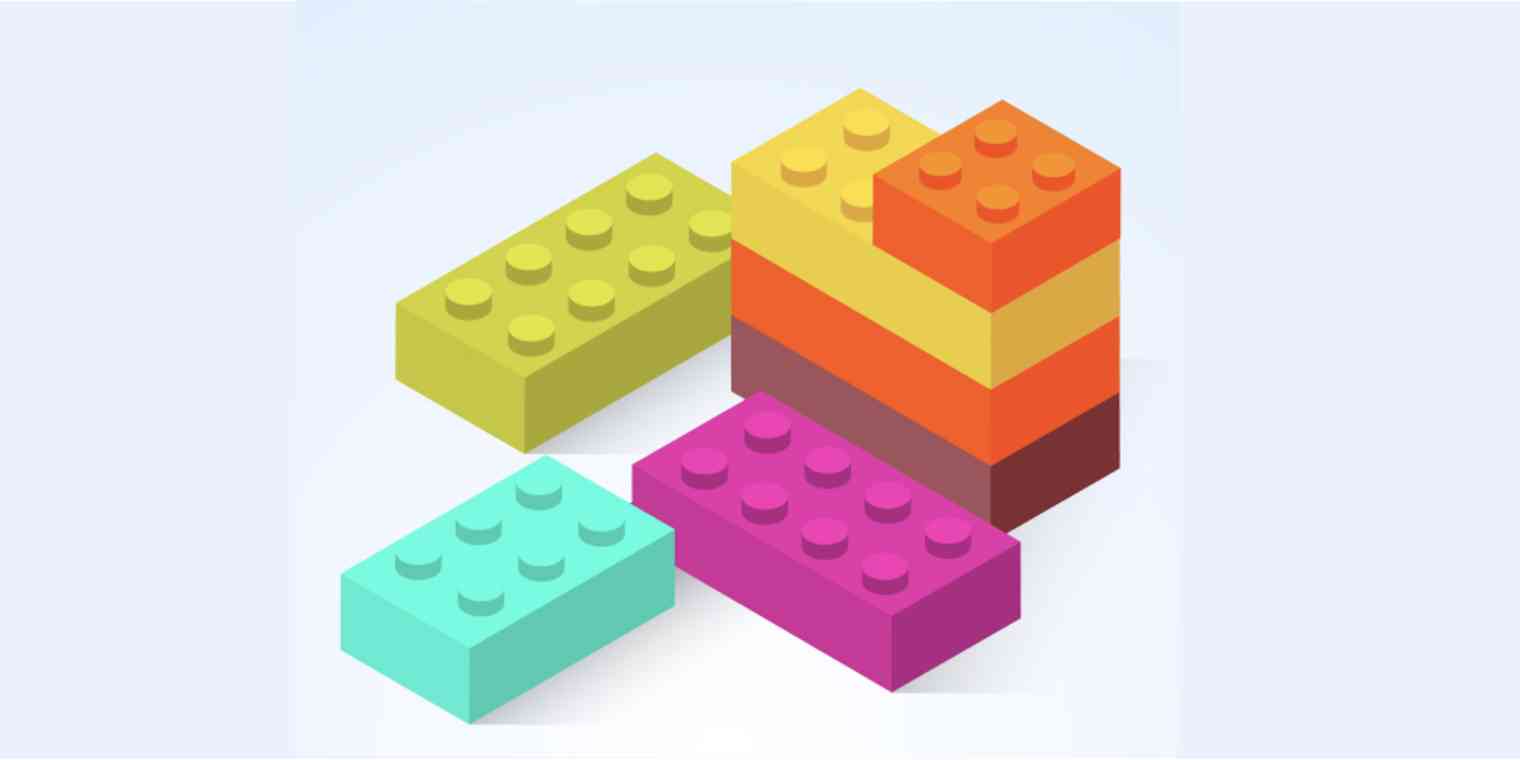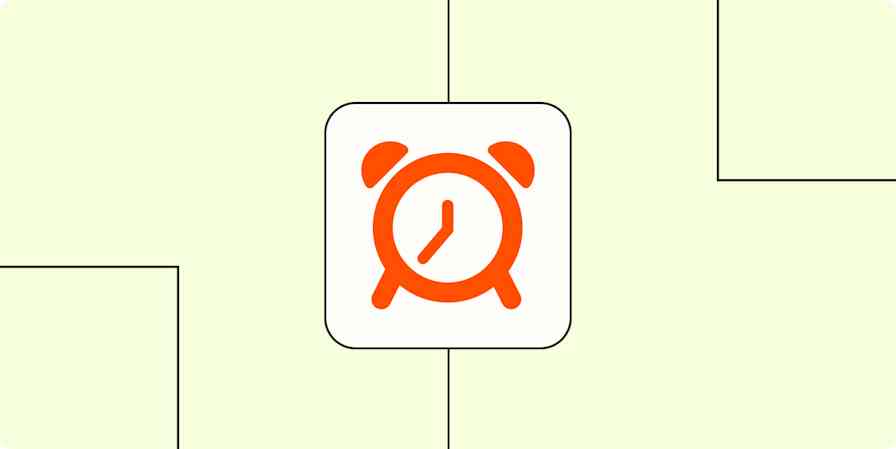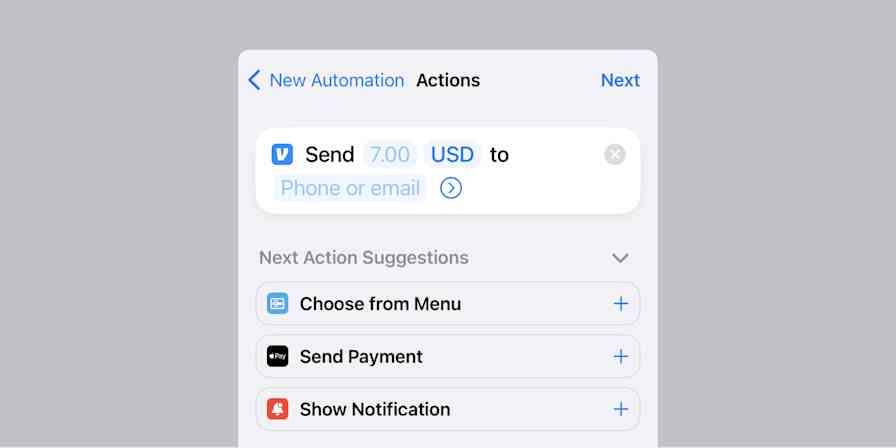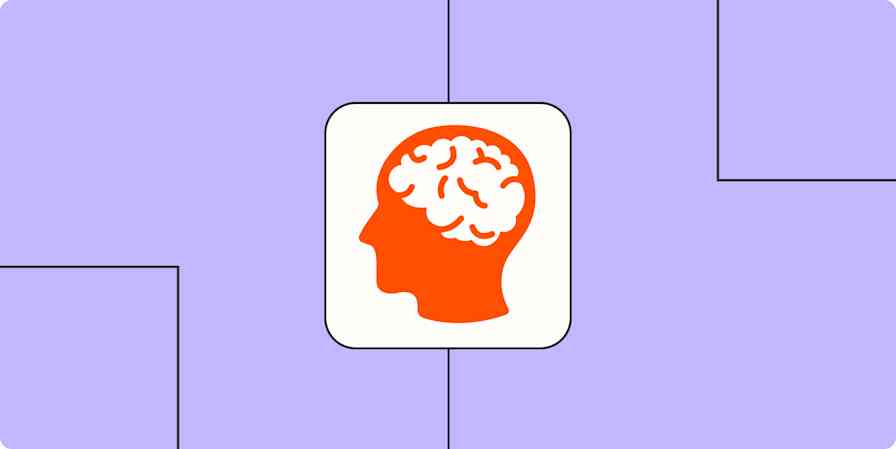Play is famously known as "a child's work." Play is the best tool children have to learn about the world and connect with the people around them—it's the most productive way they can spend their time. And anyone who's seen a four-year-old commit to the role of artist, engineer, or puppy-fairy-dragon knows just how much a preschooler can produce.
Children excel at their jobs, so what can they teach us about being better at ours? Here, we'll take a look at some research on child development to see what we can learn about work from preschoolers. By following children's lead in the following five ways, we might just find ourselves being as productive as that puppy-fairy-dragon.
1. Channel Your Inner Learner
In the past few decades, researchers have come to a general consensus that learning is part of children's biology. That is, children are physiologically, psychologically, and behaviorally predisposed to learn in a way that adults are not. Anyone who's tried to learn a foreign language as an adult understands this concept all too well.
In The Scientist in the Crib, Alison Gopnik, Andrew Meltzoff, and Patricia Kuhl describe how children instinctively pursue knowledge by actively moving around their environments, observing what's going on around them, and taking mental notes about what they experience. As they do all this, they start developing working theories about the world.
As infants, their theories relate to the faces of family members or the repercussions of throwing sippy cups on the ground over and over and over—and over. But as they age, children begin to question bigger things ("Do all rocks come from outer space?") and generate more complex theories ("Trees make the wind when they move their leaves"). Children's drive to learn is the basis of everything they produce. And it's exactly what makes them creators of such astounding—if hilarious—ideas, stories, and physical constructions.

In one study, Stanford University researchers tested children's drive to learn by introducing them to a new toy in different ways. The toy had four different simple functions: a squeaker, a mirror, a light, and a button that turned on music.
For one group of children, they showed the children one of the functions and then let them play with the toy.
For another group, they simply presented the toy and left children to play on their own.
The children who were shown what to do tended not to explore any further. By demonstrating how the toy worked, the researcher handed the children a theory of the toy on a silver platter: There was no need to go out and learn more. On the other hand, the children who were left to their own devices naturally wanted to learn: They actively explored the toy, discovered all of the functions of the toy, and played for longer periods of time. In the simplest terms, they were more productive.
In a 2019 interview with Berkeley News, Gopnik said:
Children are devoted to learning about the world, instead of just focusing on getting things accomplished. [...] What we've found in our research is that this kind of exploration makes kids better than adults at finding unlikely solutions to a problem.
At work, when we're devoted to accomplishing instead of learning, we find ourselves in the position of those children who were shown what the toy does. Having established "theories" of how a project is going to go or the purpose of a task, we limit ourselves to what's already known. We don't know what we don't know. By assuming that there's always more to learn, we can follow the childlike drive to develop new ideas about familiar things.
And the best way to learn? Explore.
2. Spend Time Exploring
Since the early 20th century, researchers have shown—time and time again—that children's skill development follows a reliable progression through a series of stages:
Initial exploration
Intentional manipulation
Production and/or representation
Take block-building, for example. In The Art of Block Building, Harriet Johnson showed that all children, regardless of the age at which they first played with blocks, began by simply handling them. They explored the texture of the blocks, felt their weight, and routinely carried them around before stacking them or aligning them in intentional designs and shapes. It wasn't until more expertise developed that they attempted to make representational structures like houses or, as a child once did in my preschool class, a reproduction of the Parthenon.
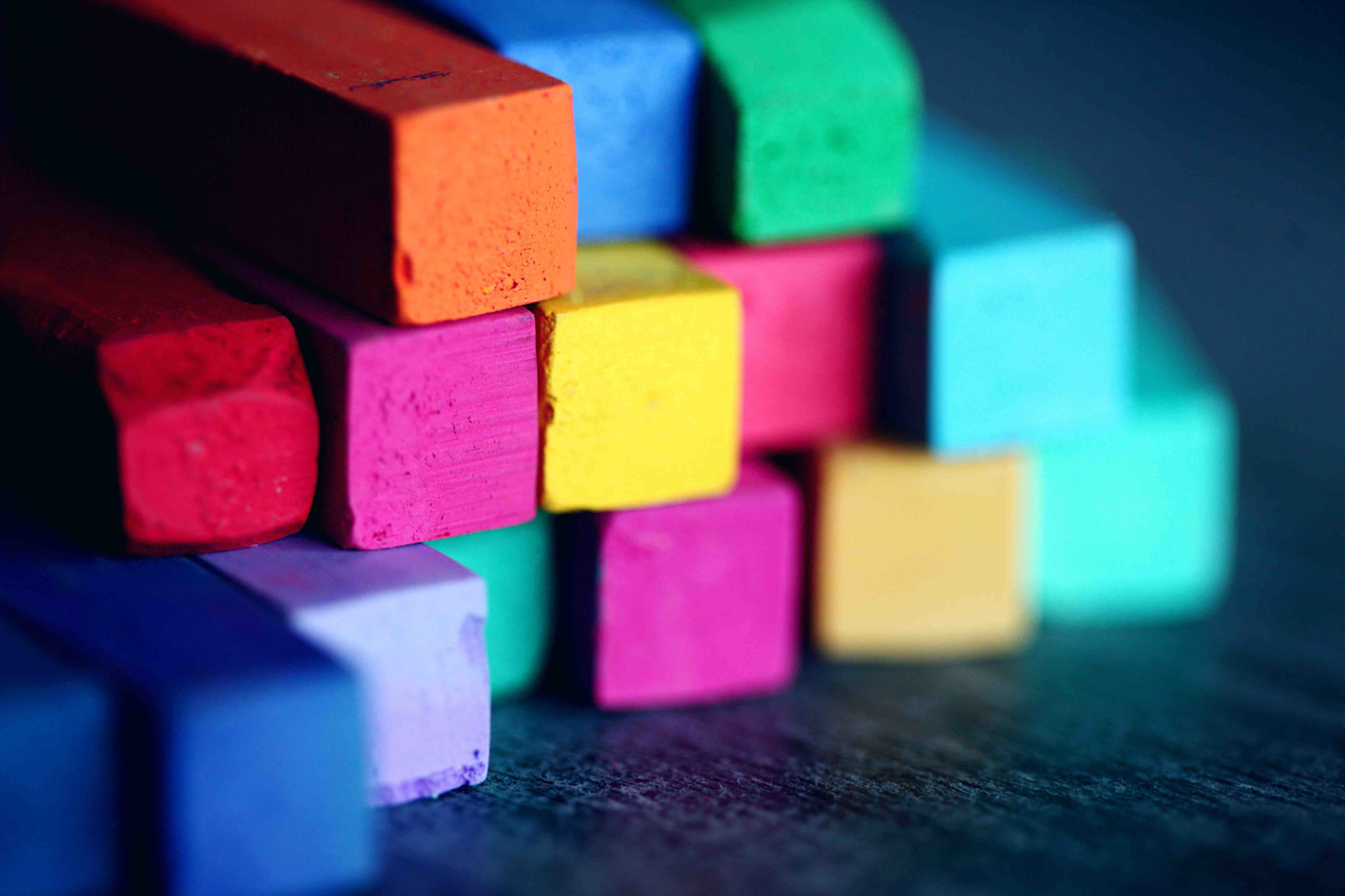
This progression holds true whether children are drawing, creating music, or exploring digital technology.
From an adult point-of-view, the final, representational stage is the one in which children are most productive, in that they create recognizable products like drawings of volcanoes, patterned melodies on a piano, or a stop-motion film on their favorite app. But in all cases, the tendency to engage in hands-on exploration—without a specific outcome in mind—leads to new knowledge that improves children's skills in the later stages.
These findings give us a simple message: It's both natural and useful to take time to explore a task before committing to one path forward. While children tend to do this automatically, adults may need to plan ahead for their exploratory time. When taking on a new project, avoid jumping right into outlining and planning the next steps. Instead, explore: Consider multiple solutions, ask questions that may seem tangential, and be open to discovering unexpected ways to tackle the project.
Take a more concrete example, even. When we adopt a new app, we assume we're going to use it for a specific purpose. But without taking time to really explore what it has to offer, you might miss out on opportunities to make your software usage more productive, whether that's using Google Sheets as your to-do list or using Alfred to write more assertively.
3. Give Yourself a Blank Slate
You've likely done some ice-breaking activities in your time. In recent years, many a workshop have begun with some kind of engineering challenge: building a tower out of dried pasta and tape, launching a feather using straws and paper cups, designing the perfect wallet.
In a now-famous TED talk, Tom Wujec explains how kindergartners tend to be the best at these tasks. He discusses, in particular, the "marshmallow challenge," in which teams have 15 minutes to build the tallest structure they can out of spaghetti, with the one rule that it has to be able to hold a marshmallow on top. Children, he observes, tend to make taller and more stable structures than adults. The reason, he says, is simple: Adults approach the problem by discussing plans, picking one, and then delegating responsibilities to accomplish it.
That approach isn't bad when the project at hand is a known one—when it's similar to other tasks you've worked on or in line with workflows that your organization has used before. After all, adults generally do a great job of applying past knowledge to new situations. But with the marshmallow challenge, the problem is completely new, so past experience doesn't apply, and the standard approach doesn't work.
Children's brains, on the other hand, thrive in unfamiliar contexts, in part because more contexts are unfamiliar to them. When building their marshmallow towers, children aren't constrained to replicating structures that they know about from the real world, for example (Wujec notes that spaghetti Eiffel Towers are a popular choice among adults).
With less knowledge to draw from, children easily and fluidly think outside the box to solve problems. They don't really have a box to be stuck in, so it's a natural approach. For the marshmallow challenge, they don't plan ahead, but rather jump right into building. With a clear goal in mind, the exploratory stage is baked into production, and creative ideas are a natural byproduct.
Using an old strategy on new problems can be like trying to force a square peg into a round hole. Children approach tasks from the ground up, uncovering novel methods that are custom fit to the problem at hand. So the next time you're tasked with a completely new project, don't force your prior knowledge onto it. The Eiffel Tower isn't always the answer.
4. Bring Pretend into the Workplace
In The Role of Play in Human Development, Anthony Pellegrini explains the how enhanced creativity we see in children—mostly in the realm of "pretend"—has an important social and evolutionary function.
Children not only find unusual uses of existing objects, but they even invent new objects and ideas through imaginative play. Though it may seem unimpressive that a child can see a block and pretend it's a phone, or that a toddler can quickly become an elephant in their mind, this kind of symbolic representation in thinking is a form of innovation. And it makes children more productive in their play by allowing them to achieve the goals of their game without the restrictions of the limited resources at their disposal. Not many four-year-olds actually have phones with them, and fewer have actually seen an elephant, let alone can transform into one.
As adults, we often get stuck on the obstacles caused by the "reality" of a task: One path forward won't work because of reason A while another could never happen because of reason B. Of course, some cautionary thinking is important since it limits the energy we expend on things that just aren't possible. But we need to leave a little room for that "anything is possible" mindset that children have; try to balance realism with a bit of imaginative play.
Blue sky meetings can help teams think of what they would accomplish if there were no obstacles; and with a clear, ambitious goal in mind, you can reverse engineer your way to the end and "play" through any major sticking points.
5. Welcome Help, Even When It's Unsolicited
We're all aware that asking for help is important. But we're also very likely to cast off—or even get frustrated with—what we'd consider unsolicited advice. Young children, on the other hand, are responsive to spontaneous help. And it's not because they need it; in fact, they respond even more to intervention as they develop more strategies to work independently.
In my classroom, I worked with a colleague to study how children regulate their own behaviors to better achieve goals in their play. We were interested in what they did on their own, but we also understood that children weren't working (or playing) in a vacuum: Teachers were checking in, asking questions, and offering support.
As we recorded instances of these interventions, we counted how many times children responded to them by building on the support they were offered. The overall trend: Older children, who exhibited more independent behaviors in their play, responded to teacher intervention with higher frequency. Once they used the support to solve some of the problems they encountered, they were quickly off to their own devices again, having learned something along the way.
This kind of interaction sums up one of the great theories of learning in educational circles: Lev Vygotsky's Zone of Proximal Development. The gist? Everybody has two levels of development at which they can perform a task: their actual developmental level and their potential developmental level. The actual level is what they do completely independently—like working alone in an office. The potential level is what they do with a little help, called a "scaffold," that doesn't give the right answer but just nudges them in the right direction.
The space between those two areas is called the Zone of Proximal Development.
Think of a child looking for a lost toy. You might not even know where it is, but you can scaffold their search: Have you tried looking under the couch? What if it's in another room? Vygotsky argued that real learning happens in this zone, when children receive coaching from people who are more expert than them to help them achieve more than they would have on their own.

In receiving—and most importantly, responding to—the scaffolding, children gain new knowledge and strategies, and the actual developmental level inches forward, too.
It's easy to see how this applies to kids. But we know that development and learning happen over an entire lifespan, so all humans at all ages have this zone.
Adults are confronted with new projects, tasks, and ideas all the time, and they regularly approach them at their actual developmental level. And because that actual developmental level is pretty advanced, we often don't think we need any help. But taking that unsolicited advice—that scaffolding from coworkers and managers—could very well push us to be even more productive.
Children are consistently using strategies like these to make their play as good as it can be. They control their own actions, thoughts, and emotions through so-called self-regulatory behaviors—what the Center on the Developing Child at Harvard calls our "brain's air traffic control system." And because these behaviors aren't quite as developed in children, they naturally practice all of them. A lot.
As adults, we sometimes feel we've mastered these behaviors. We often rest on the laurels of one strategy that's been previously successful (to-do lists, anyone?). Or we wait for elusive phenomena like flow to kick into gear and guide us through our work—the opposite of self-regulation.
But here's the thing: As adults, we're uniquely positioned to make the most of these behaviors. While children throw paint at the canvas to see what sticks, we have the ability to choose which tool is best for the job, as long as we remember the extensive variety of tools we have. If we look at our young role models, we can emulate the behaviors that will benefit us—puppy-fairy-dragon play included.
Hero image designed by Freepik. Image of child with cape from Porapak Apichodilok via Pexels. Image of blocks from Sharon McCutcheon via Pexels. Image of child on bike from Agung Pandit Wiguna via Pixabay.
